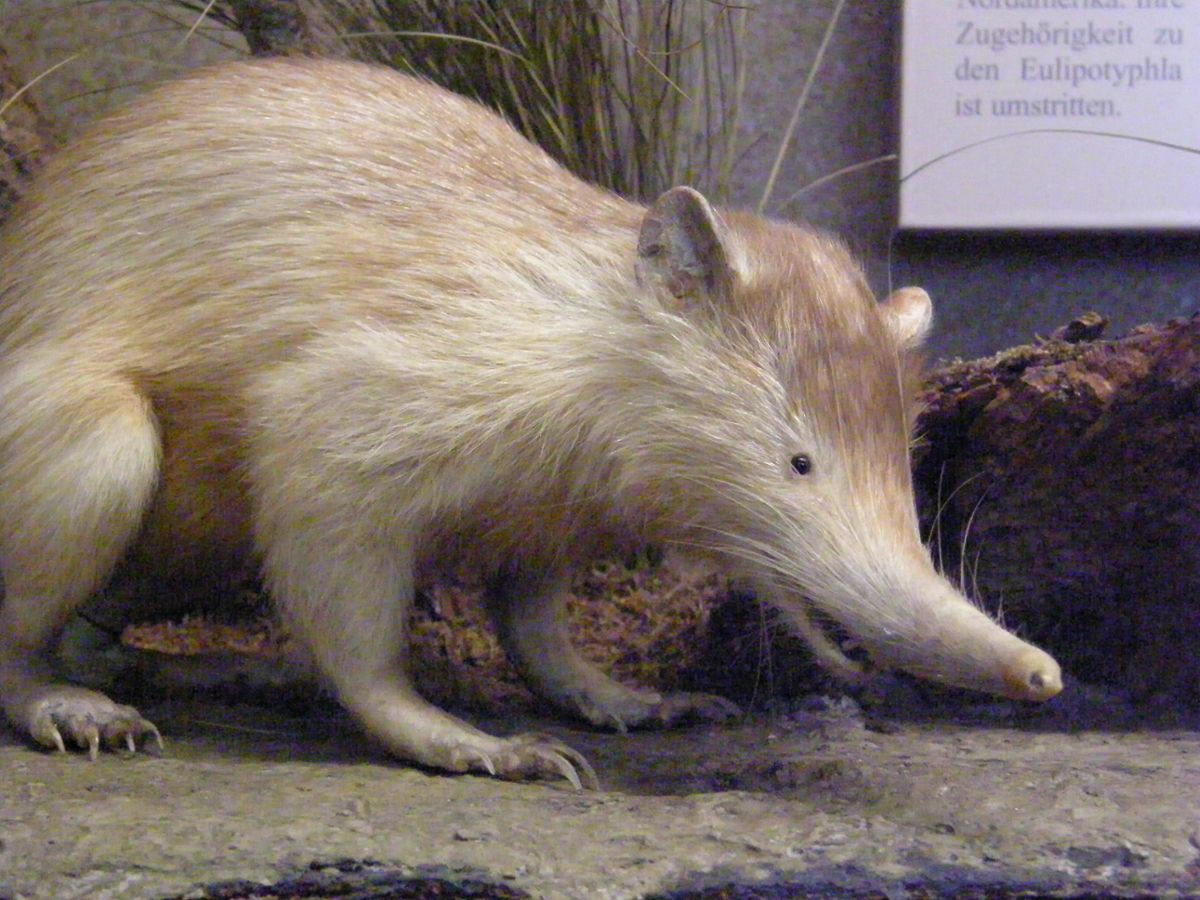Hispaniola, the island shared between the Dominican Republic and Haiti, was once home to an immense diversity of rodents found nowhere else on Earth. However, nearly all these rodents went extinct around 6,000-7,000 years ago, coinciding with the arrival of humans in the region. Remarkably little is known about these animals, and in 2018, scientists from Johns Hopkins and the University of Cincinnati attempted the first study of extinct Hispaniolan rodents using isotopes.
What can isotopes tell us about extinct animals? As it turns out, ratios of stable isotopes vary by environment and are incorporated into an animal’s tissue via its diet. Through isotopic analysis of animal tissues, it is possible to infer the animal’s diet and even its habitat.
To that end, the researchers analyzed the fossilized teeth of nine species of extinct Hispaniolan rodents, as well as invasive rats from the same period, which arrived during human colonization of the island. They found that many Hispaniolan rodents exhibited distinct ecological niches; that is, each species was adapted to eat and live differently enough such that many species could coexist effectively in a shared environment. However, the rats – much like today – had broad, generalist niches, meaning that they were adapted to many environments and not limited by specific diets.
These findings paint a picture of what might have happened to Hispaniola’s rodents. As generalists, the invasive rats could both infringe upon the Hispaniolan rodents’ niches and thrive in those that the Hispaniolan rodents couldn’t. Outcompeted, and ultimately unable to adapt, Hispaniola’s rodents all but dwindled into extinction. Today, only a single species remains – the Solenodon. Unsurprisingly, it is a generalist.










